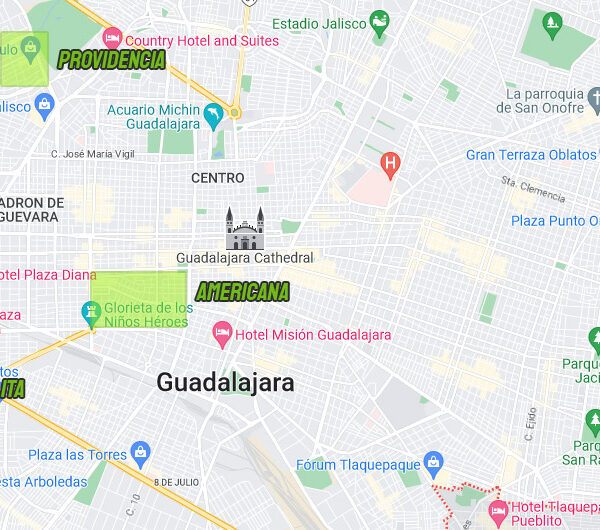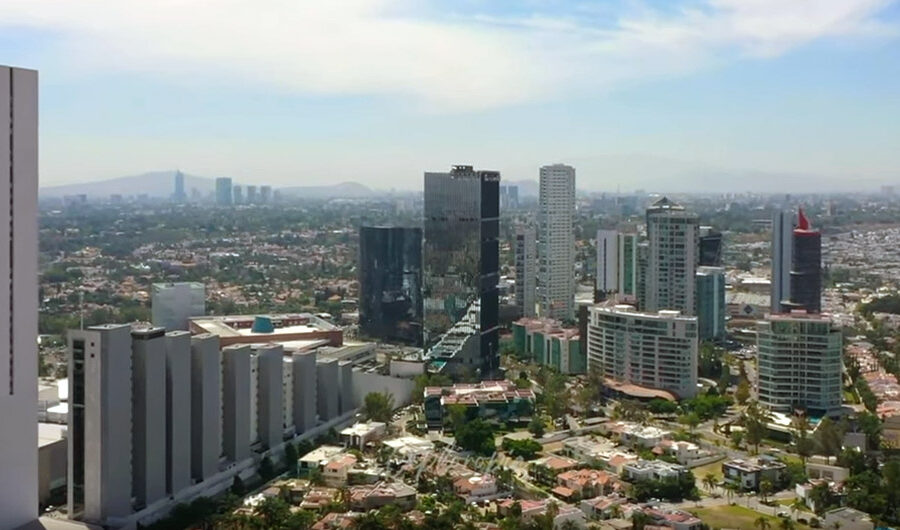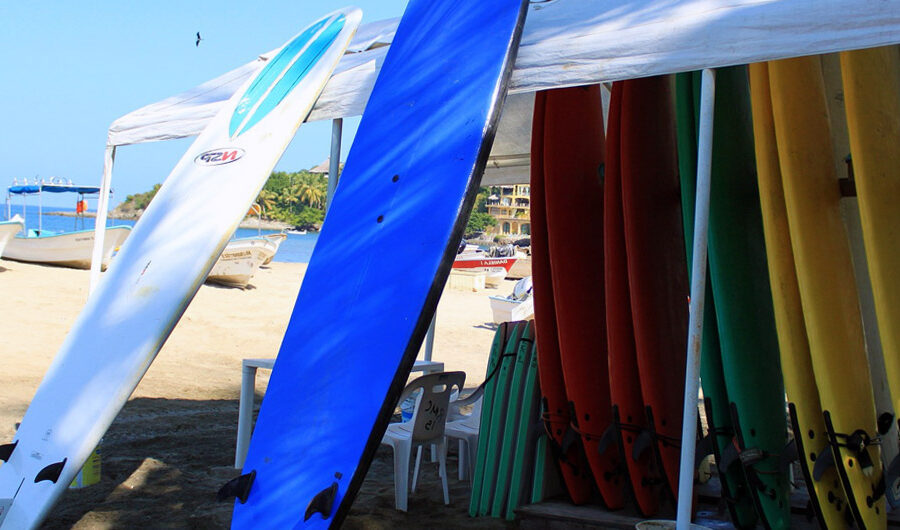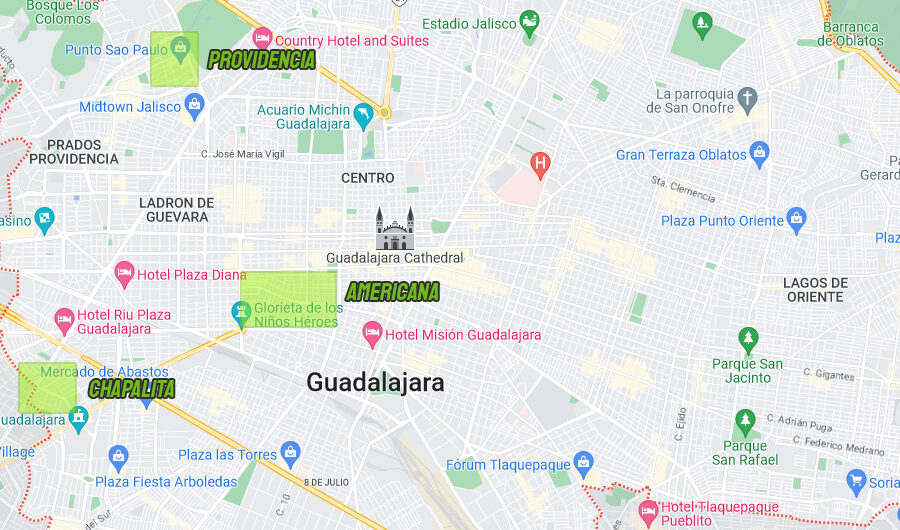Mexico and Thailand are two of the most popular destinations for people looking to move out of the US, Europe, and Canada, and go somewhere with a nicer climate where the cost of living is more affordable.
According to Mexico’s immigration department, the number of people requesting temporary resident visas increased by 112% in just two years. Thailand presents a similar situation although there is no exact data.
Both countries have many pros and cons. If you are trying to choose between them in this article we’ll compare them so you can make such an important decision in a more informed manner.
We’ll try to cover the three main reasons to visit these countries which are: tourism (90 days or less), remote working, and retirement.
Mexico vs Thailand
Geography (Size and location)
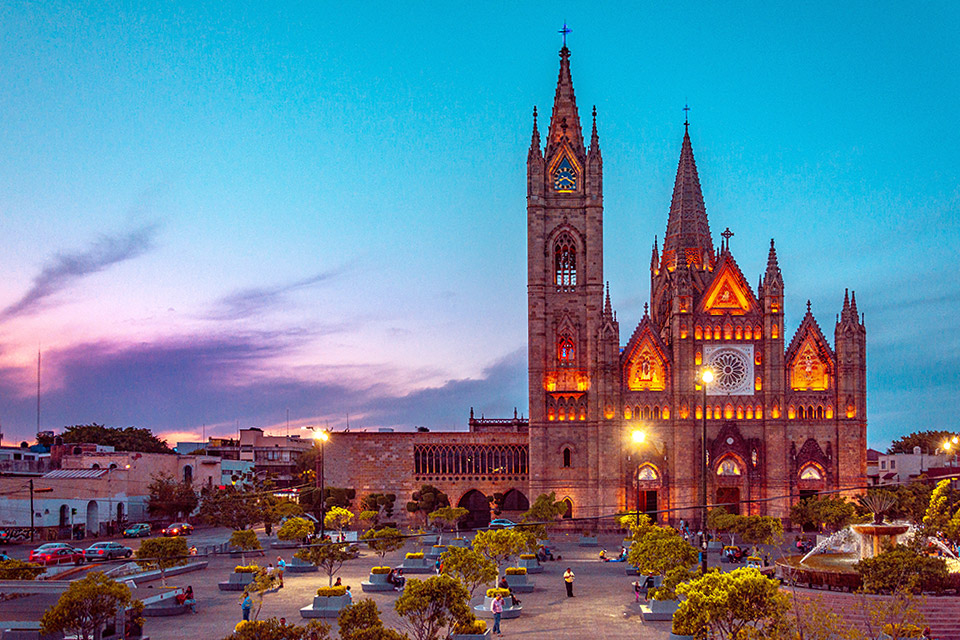
| Mexico | Thailand | |
|---|---|---|
| Territory | 1,972,550 km2 (761,610 sq mi) | 513,120 km2 (198,120 sq mi) |
| Continent | North America | Asia |
| Borders with | USA, Guatemala, Belize | Myanmar, Laos, Cambodia, Malaysia |
| Capital | Mexico City | Bangkok |
| Time zone | UTC -6 (-8 in some regions) | UTC +7 |
Mexico is located south of the United States. This gives it a big geographic advantage for US and Canadian citizens because it is relatively close to home and they can fly back any time. Some people even drive from the US to Mexico when visiting.
Thailand, on the other hand, is in the southeast of Asia. A direct flight from LAX airport to Bangkok’s airport is almost 16 hours long. You will be a long way from home which can be good or bad depending on your goals.
Mexico is much larger than Thailand. This gives it a wider variety of climates, ecosystems, and cities to choose from.
Winner: Mexico
Climate
Both Mexico and Thailand offer mostly nice and warm weather.
Thailand’s climate is classified as tropical savannah/rainforest and has basically 3 seasons throughout the year.
- “Summer” (February – May). Hot, sunny, clear weather with temperatures that can reach 40°C (100°F).
- “Monsoon season” (May – October). Expect lots of rain, but still warm weather for the most part.
- “Winter” (October – February). Slightly cold, dry weather but still very nice for someone coming from the North of the US, Canada, or Northern Europe.
There are hurricane seasons from June to October in Thailand, but since both major cities (Bangkok and Chiang Mai) where you would probably stay are not near the coast it is not a concern except for the high amounts of rainfall.
Mexico has more diverse climates that are going to depend on the city you choose to go to.
The southern end of the country (The Mayan riviera, Yucatan, Quintana Roo) has a tropical weather as well. From October to April, you will mostly find hot, sunny weather. Sometimes too hot in cities like Merida where the temperatures can surpass 40°C (100°F). Between May and October, you will find occasional rain that depends on the severity of the hurricane season.
In the center of the country (Mexico City, Queretaro, Puebla) the weather is milder and the difference between seasons is more notorious although, for the most part, it is also nice and warm. The lowest temperatures in the winter months barely reach the 8°C (46°F) mark at night.
In northern Mexico, the climate is very similar to that of the south of the US. There are desert areas where the climate is very, very hot and dry. This is the least visited area of the country except for a couple of beach cities like Cabo, or border towns like Tijuana.
Winner: Tie
Cost of living
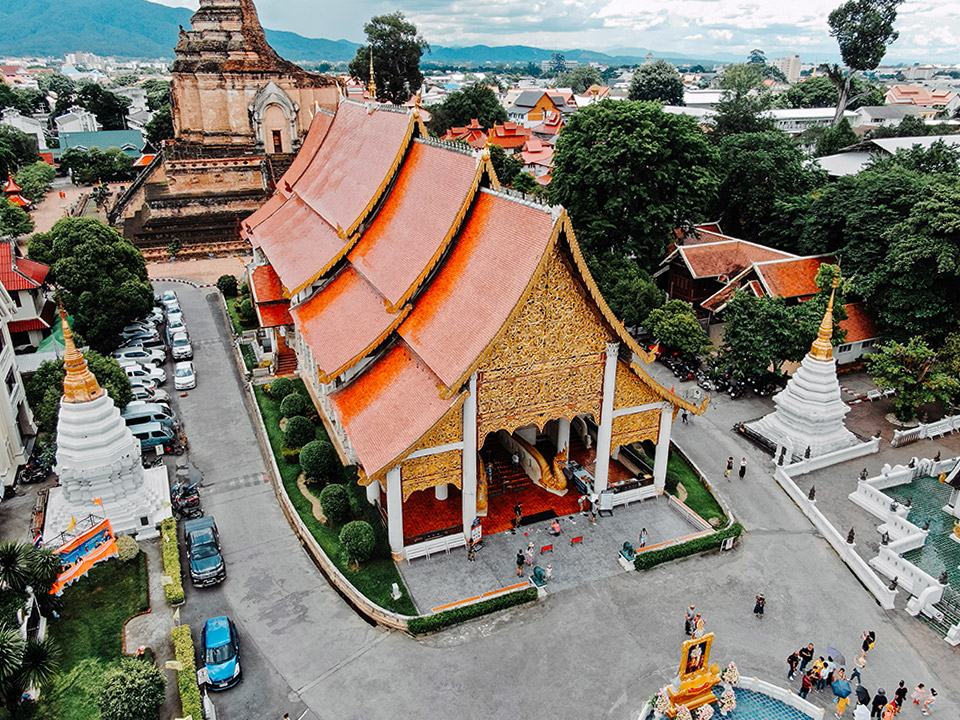
The current cost of living in Mexico and Thailand is detailed in the following table. The prices are shown in US dollars.
| Mexico | Thailand | |
|---|---|---|
| Rent (1 bedroom) | $300-$500 | $220-$400 |
| Rent (3 bedrooms) | $600-$1,200 | $600-$900 |
| Utilities (Water, electricity, gas) | $65 | $55 |
| Internet | $25-$50 | $30-$55 |
| Cell phone plan | $20-$40 | $20-$40 |
| Groceries (1 month, 1 person) | $200 | $160 |
| Eating out (2 people) | $16-$60 | $5-$30 |
As you can see, Thailand has a bit of an advantage here. The average cost of almost all goods and services is about 20% more affordable than in Mexico.
Mexico has also seen a steep increase in the cost of living in recent years. The most popular destinations like Mexico City, Cancun, Tulum, Cabo, and other beach towns are going through a gentrification stage and prices are rising rapidly. This effect is less notorious in some smaller cities though and Mexico has no lack of charming, colonial towns for those looking for a less touristy experience.
In Thailand, a similar thing has happened but it is not as obvious. At least not in the cost of living. There is certainly more traffic in the large cities as they are growing faster than expected, but prices haven’t risen yet as much.
As for transportation, the cost in both countries is comparable as the price of gas is pretty much the same. The final cost is going to depend on how often you go out, if you plan to buy/rent a car, and the public transportation system of the city.
One more thing to consider when it comes to costs is how often you plan to go back home. If you want to visit family in your country of origin once or twice a year, that is a cost that must be factored into your yearly expenses.
Winner: Thailand
Safety
Thailand is a pretty safe country. It ranks 89 (out of 124) in the crime rate index with a rate of 39.35 crimes reported per 100,000 people. This means that it is safer than Australia or the UK and that it has a similar crime rate to Canada. Most of these crimes in Thailand are property-related (vandalism and theft).
The only category where Thailand doesn’t rank well is corruption and bribery where they have had issues historically.
For comparison, the US ranks 56 with 47.3 crimes per 100,000 people.
It is no secret that Mexico has a big problem when it comes to crime and corruption. It seems like their numbers have started to turn around and improve in recent years but they still rank in the 39th spot of the crime index with 54.2 crimes per 100,000 people.
An important thing to clarify about Mexico is that even though the numbers are not favorable, a high percentage of violent crimes are concentrated in very specific areas of the country. The large cities and tourist towns are mostly shielded from all of that. The crimes in these cities are mostly non-violent petty crimes (theft, vandalism, etc) like in any other place in the world.
Winner: Thailand
Food
This is not even a contest, right? Thai food is great, and maybe top 15 in the world. But Mexican food is at least top 3 and debatably number one.
I know this is a subjective category but I’m just giving this one to Mexico.
Winner: Mexico
Language
Neither country stands out in this area, unfortunately.
Despite being so close to the US and Canada, Mexico has one of the lowest percentages of fluent English speakers in Latin America. Only 13% of Mexicans speak fluent English. This rate is considerably higher in certain areas, specifically tourist towns, but in smaller towns communication can be a problem.
The official language in Thailand is Thai, which is very regional and has very few similarities with other Asian languages. About 27% of the population speak English, which is better than Mexico, but not great either.
In both countries, there are large expat communities and areas where English is commonly spoken. You will definitely be able to find someone who can understand you if you need some help, but when you go out of that perimeter, it is best to at least learn a bit of the local language. In that regard, Spanish is much easier to learn than Thai.
Winner: Tie
Visas
Both Mexico and Thailand do not require a visa for tourism if you are coming from the US, Canada, the UK, Europe, or most of South America.
In Mexico, you are allowed to stay for up to 180 days without a visa. The exact number of days you can stay will be assigned by the immigration officer on entry.
In Thailand, you get 30 days without a visa. If you wish to stay for longer, you can get a tourist visa that must be obtained before arriving and can be extended up to 90 days.
For remote workers and retired folks, Mexico offers a temporary resident visa that gives you an initial period of one year that can be extended to four years. For more details, check out these two articles:
Thailand has a LTR (Long-Term Remote) Visa specifically made for digital nomads. It has some steep requirements but it is a 10-year permit that also allows entry for your significant other and children for the same period.
They also have a retirement visa for people 50 years old or above. You must prove that you have a pension or a consistent source of income and it only allows you to stay for one year at a time and it does not allow you to work while in the country.
Thailand also offers multiple investment and entrepreneur visas.
When you compare them, Mexico is more flexible and has lower requirements for long-term stays, but Thailand offers a wider variety of options for different cases.
Winner: Tie

